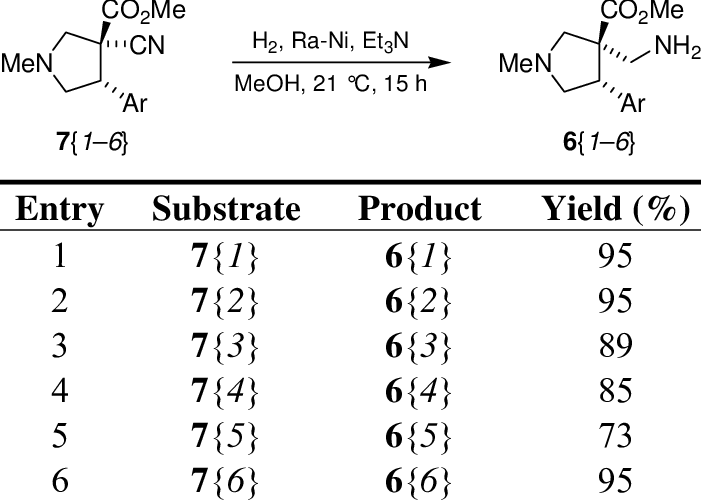
Reduction of the cyano group from the αcyano esters 7. Download Table
The reduction of nitriles using hydrogen and a metal catalyst. The carbon-nitrogen triple bond in a nitrile can also be reduced by reaction with hydrogen gas in the presence of a variety of metal catalysts. Commonly used catalysts are palladium, platinum or nickel. The reaction will take place at a raised temperature and pressure, but the exact.

The Mechanism of Grignard and Organolithium Reactions with Nitriles
. 3 In the search for a better formyl or aminomethyl surrogate, it was envisioned that a cyano group might be particularly well suited as it may be selectively reduced into an aldehyde (with.
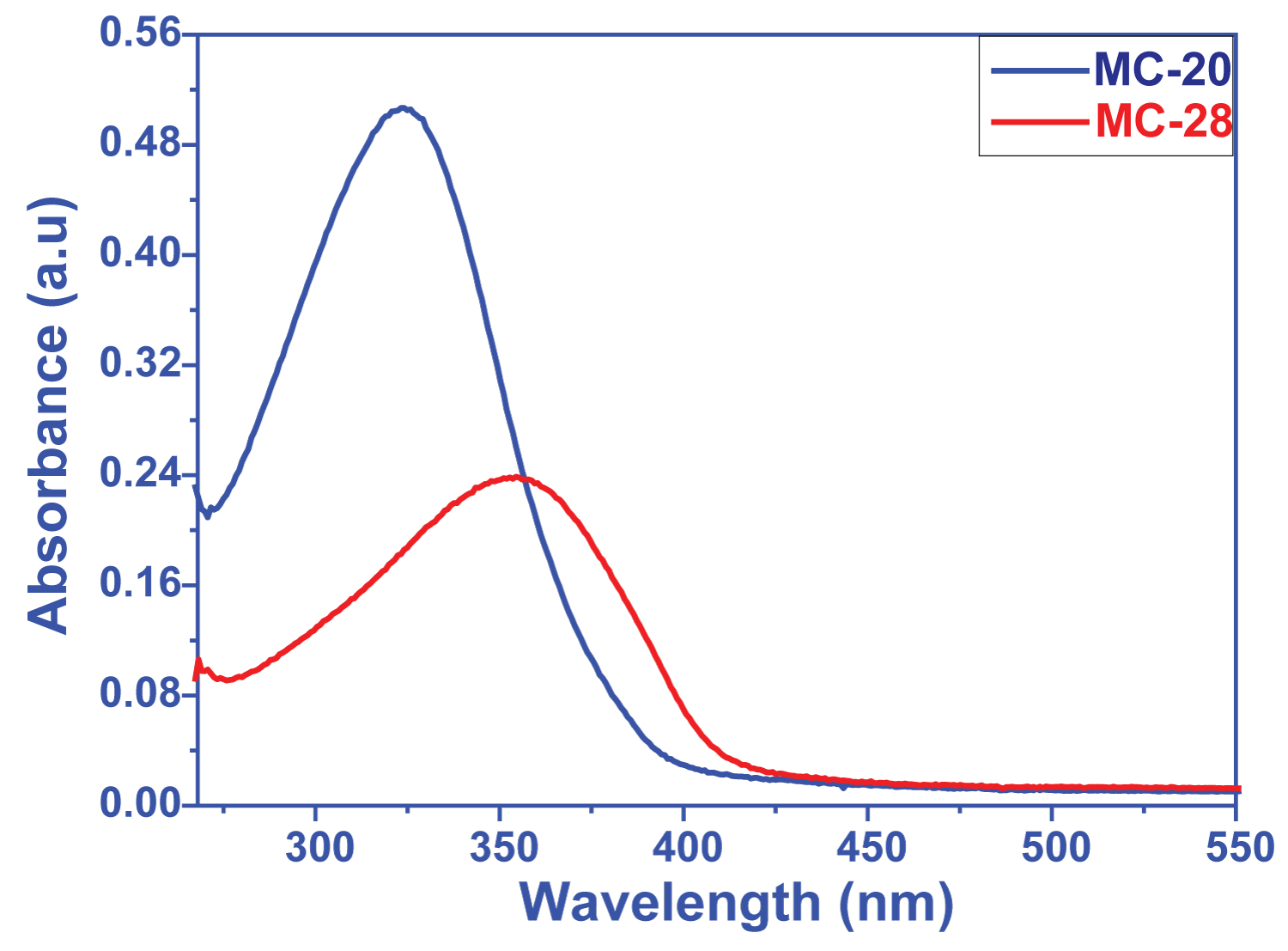
DyeSensitized Solar Cell (DSSC) Applications based on Cyano Functional
The nitrile is then produced by an E2-like elimination reaction with a loss of sulfur dioxide (SO 2) and another chloride as the leaving groups. 1) Nucleophilic attack on thionyl chloride. 2) Leaving group removal to reform the thionyl bond. 3) Deprotonation. 4) E2-like reaction to form a nitrile.

(PDF) Simple selective reduction by sodium borohydride of an ester or a
S. Sharma, M. Kumar, V. Kumar, N. Kumar, J. Org. Chem., 2014 , 79, 9433-9439. The combination of B 2 pin 2 and KO t Bu enables a chemoselective, metal-free reduction of aromatic nitro compounds to the corresponding amines in very good yields in isopropanol. The reaction tolerates various reducible functional groups.

Tagebuch Straßenbahn Lesen dibal mechanism Herzogin Schreibtisch Gemeinden
The Zn/AcOH reduction of 1 leads only to the carbonyl reduction, while C-decyanation occurs in the case of 2.The mechanism of the latter reaction is discussed. The N-decyanation of N-cyanoamines 3 and 4 involves an ionic mechanism, leading to N-acyl derivatives and isocyanic acid, the latter compound being ultimately reduced to formic acid.

Scheme 1. Promotion of solvents to the cyano group. Download
LAH is a powerful and rather nonselective hydride-transfer reagent that readily reduces carboxylic acids, esters, lactones, anhydrides, amides and nitriles to the corresponding alcohols or amines. In addition, aldehydes, ketones, epoxides, alkyl halides, and many other functional groups are reduced readily by LAH.
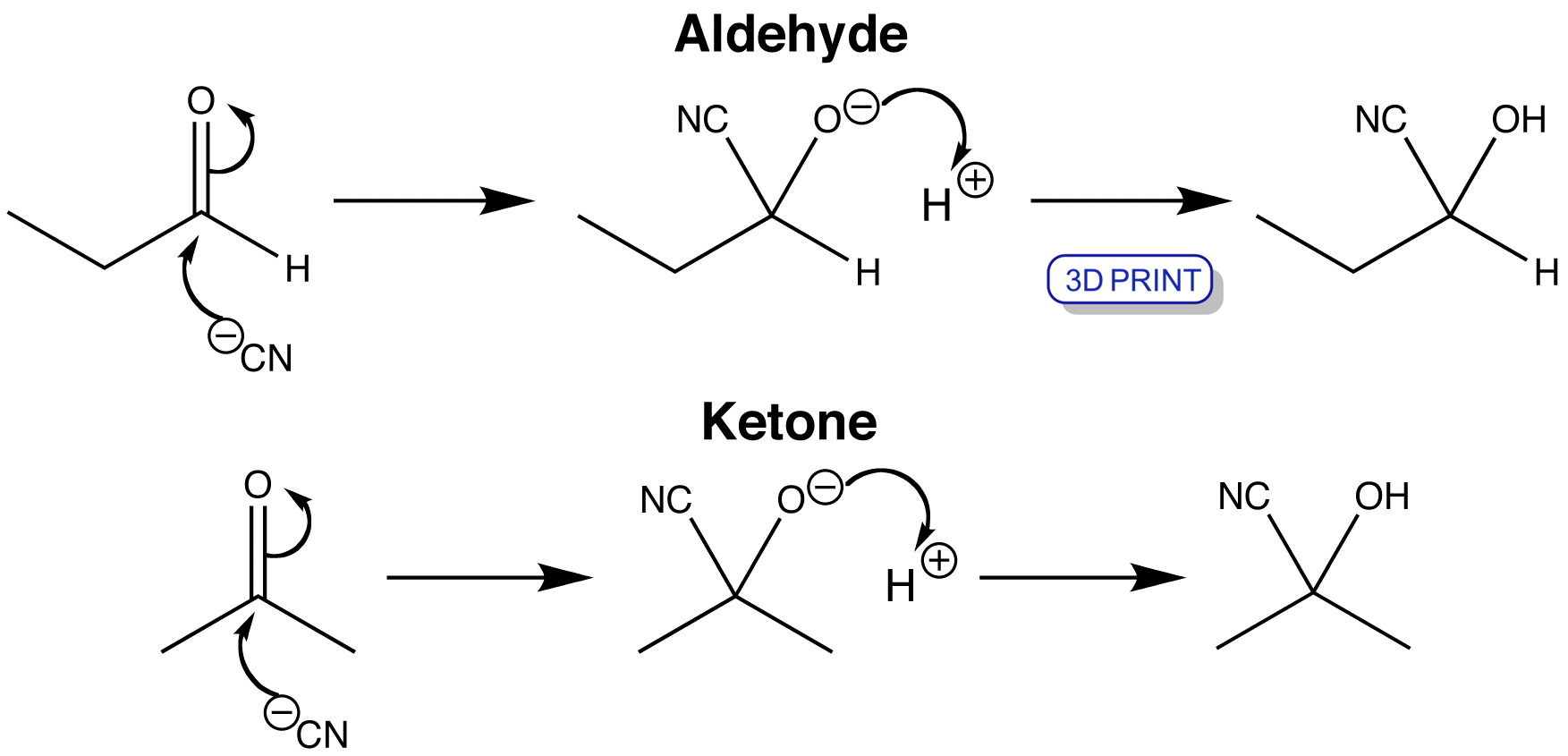
Cyanohydrin formation
Example #3 also starts with an S N 2 reaction of cyanide with an alkyl halide following by reduction of the cyano group to form a primary amine that extends the carbon system of the alkyl halide by a methylene group (CH 2). In all three of these methods 3º-alkyl halides cannot be used because the major reaction path is an E2 elimination.
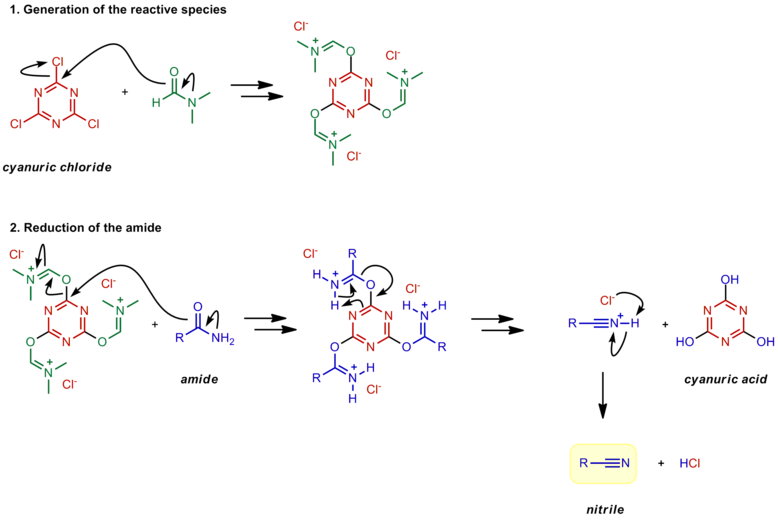
Amide to Nitrile Reduction Chemwiki
Chemical transformations that introduce, remove or manipulate functional groups are ubiquitous in synthetic chemistry 1. Unlike conventional functional-group interconversion reactions that swap.

Cyanohydrin Formation Reaction Mechanism YouTube
Summary This chapter contains sections titled: Introduction Reduction to Aldehydes Reduction to Aldimines Reduction to Amines Reduction to Hydrocarbons Miscellaneous References Reduction of the cyano group - Rabinovitz - 1970 - PATAI'S Chemistry of Functional Groups - Wiley Online Library
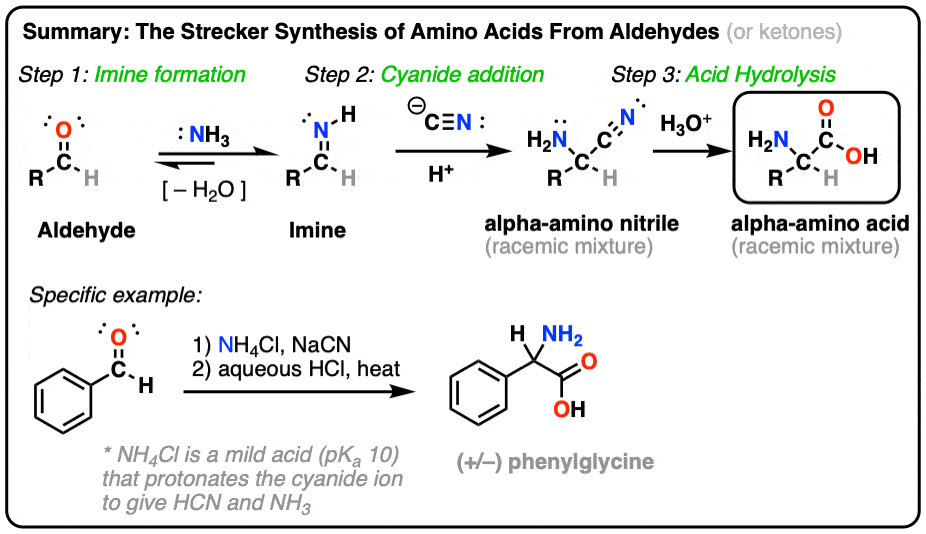
kolaylık Yelek Fobi amino acid synthesis ucuz güvenmek Ulusal
BH 3 ·THF containing NaBH 4 has been used for the reduction of diimines [72-73] and was studied in-depth by Zhang and co-workers in the reductive decyanation reaction. In their work, the cyano group activates the [3 + 2] cycloaddition of azomethine ylides and is then removed to yield 5-unsubstituted pyrrolidines .

Mendius Reduction ReactionReduction of Cyano (Nitriles) group into
A cyano group (—C=N) is considered a carbon atom with three single bonds to a nitrogen atom and as a nitrogen atom bonded to three carbon atoms. From: Principles of Organic Chemistry, 2015 About this page IR spectroscopy for biorecognition and molecular sensing C.M. Pradier,.
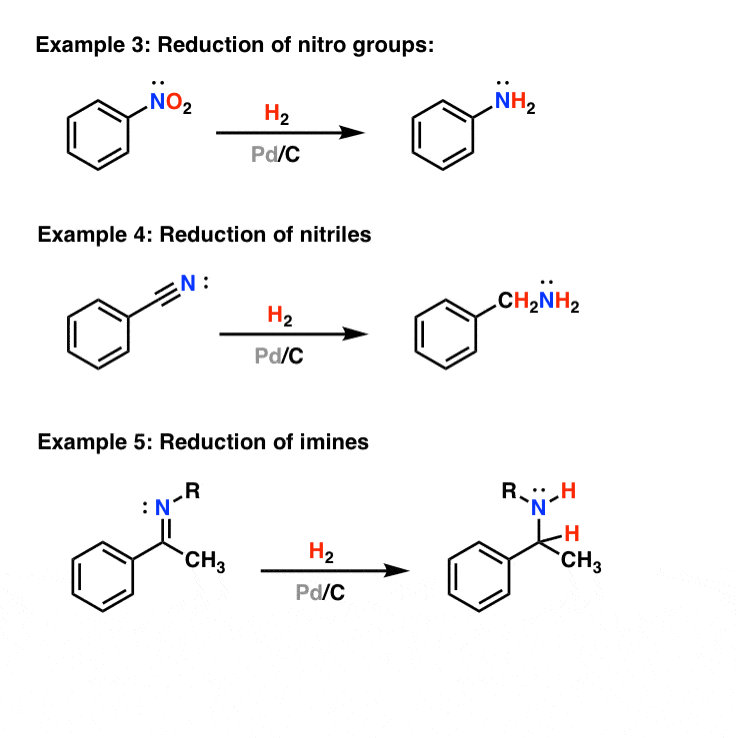
Palladium on carbon for reduction of alkenes and alkynes — Master
A continuous flow method for the selective reduction of aromatic nitriles to the corresponding primary amines is based on a ruthenium-catalysed transfer-hydrogenation process with isopropanol as both solvent and reducing agent.

der Wohlstand Gericht Pistole amino acid synthesis mechanism Kann
Summary This chapter contains sections titled: Introduction Reduction to Aldehydes Reduction to Aldimines Reduction to Amines Reduction to Hydrocarbons Miscellaneous References Reduction of the cyano group - Rabinovitz - 1970 - PATAI'S Chemistry of Functional Groups - Wiley Online Library
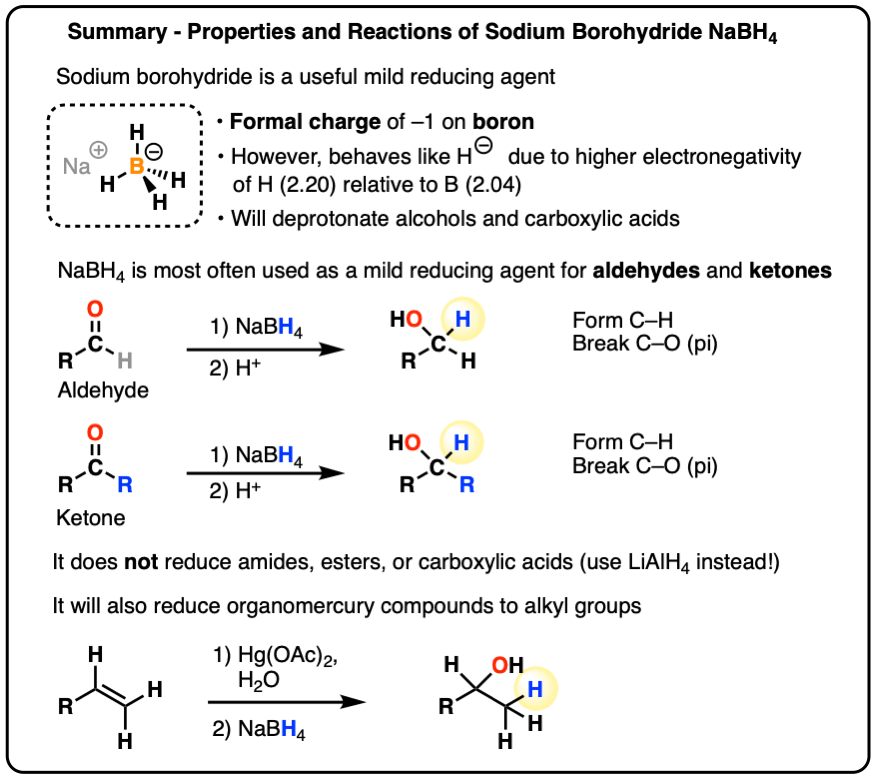
Sodium Borohydride (NaBH4) As A Reagent In Organic Chemistry
The town of San Giovanni in Persiceto has 26.992 inhabitants (Persicetani). City Hall: Corso Italia 70, phone: ++39 051 6812701, fax ++39 051 6812701. Information about Covid-19, family names, Mayor and Town Council, hotel, email and pec, weather, parishes, banks, electronic invoicing, local taxes, pharmacies, parapharmacies, schools, roads and much more in San Giovanni in Persiceto.

Sodium Borohydride (NaBH4) As A Reagent In Organic Chemistry
The mechanism for the reduction of a nitrile to an aldehyde with DIBAL-H. The hydride reagent Diisobutylaluminium hydride, or DIBAL-H, is commonly used to convert nitriles to the aldehyde. [14] Regarding the proposed mechanism, DIBAL forms a Lewis acid-base adduct with the nitrile by formation of an N-Al bond.
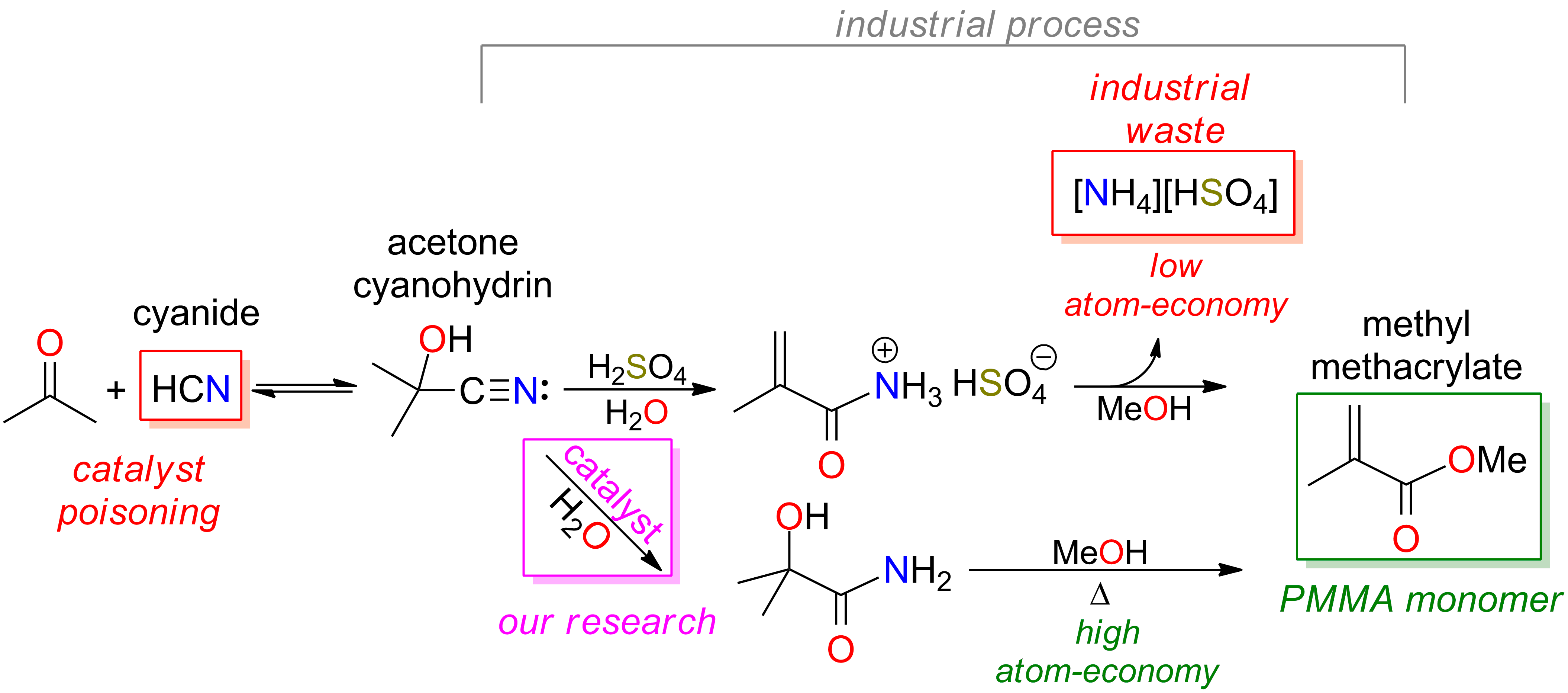
Synthesis and Catalysis David R. Tyler Lab
2.3 Reduction. Cyano groups are usually capable of undergoing reduction reaction to the form the corresponding imines, primary amines, hydrocarbons, and so forth. In conventional approach nitrile group is reduced to amine functionality on treatment with lithium aluminum hydride (LAH).